How Amazon Drives Consumer Purchases from the Psychology of Pain
Photo by Christian Wiediger, Unsplash
Thirty-two-year-old colorblind Shane Morris claims Amazon ruled his life for a moment: “I just bought a TV I have no use for because it was a really good deal.”
Reigning as the ruler of the “everything store” empire, Amazon never fails to deliver. Need a new toothbrush? Amazon has a subscription for it. Not satisfied with your new leather couch? Pick up is on its way. Need an organic mushroom farm? Look no further, it’s yours in two days.
To drive consumer purchases, Amazon’s website is designed to minimize the pains of doing so. To understand how Amazon influences consumer decision-making, let’s first talk about the psychology behind the ubiquitous sensation of pain in the consumer world.
The Psychology of Pain in the Consumer World
Throughout evolution, you’ve learned that pain is an unpleasant sensation in the body that—unless you’re a masochist—you try to avoid at all costs. Pain, as you’ll see, also manifests at different moments of purchase.
In the consumer world, pain is defined as friction. The amount of time a website takes to load increases friction. The effort put into deciding what to order from The Cheesecake Factory’s encyclopedic menu increases friction. The process of manually inputting your credit card information increases fiction. You get the point—anything that gets in our way of buying is friction.
To protect itself from choice overload, and cognitive exhaustion (because there’s more to life than consumption, after all), the brain prioritizes decisions that require little thought or cognitive effort. Yes, that’s right, our brains are often lazy, though neuroscientists fancy the term the law of least mental effort to explain the principle behind this instead. It’s a fundamental aspect of human nature. Here’s why.
The Law of Least Mental Effort and Its Applications on Consumer Behavior
When we’re bombarded with distractions, decisions, and options, your brain gets sidetracked and often taps into its impulsivity to elicit a quick response. This worked well for our great ancestors in the savanna, whose first instinct was to run at the sight of a fast-approaching gazelle. But when making consumer decisions in-store or online, this instinctive default gives more room for guilt and impulsive purchases. (One could say that Amazon has become the proverbial gazelle of the modern world, while our first instinct is no longer to run but to browse, click, and buy.)
Let’s return to The Cheesecake Factory’s encyclopedic menu for one second. Unless you’ve vowed to go strictly vegan, your options are far from narrowed down. Chances are you’d go with one of the first dishes that caught your attention or the exact same thing you ordered from past visits. Going over an exhaustive menu just isn’t worth the mental effort. To put into perspective, one ‘bad’ meal, compared to the poisonous berries our ancestors needed to watch out for, isn’t so bad after all. This is the law of least mental effort in action.
In the digital era, online stores use more neuromarketing tactics to reduce friction and optimize for more sales. The less friction, the faster consumers checkout. A testament to how paramount a frictionless online shopping experience is in e-commerce is start-up Fast’s $20 million Series A funding in 2020. With Fast, consumers can “forget passwords, skip long forms, shop securely” all in a single click. It’s every brand and consumer’s dream. Win-win.
An equivalent to The Cheesecake Factory’s inclusive menu in the digital world is Amazon’s everything store. Read on to find out how Amazon optimizes its website to make your buying process frictionless (as opposed to choosing a cheesecake flavor).
How Amazon Minimizes Pain and Maximizes Consumer Purchase
A theory coined in 1996 is now more applicable to the psychology of online purchases today. The Pain of Paying suggests that the act of paying activates brain regions associated with pain. Different types of payments have different effects on your pain center. For example, paying with cash has been found more painful than with a credit card.
On the surface, Amazon can count cashless, digital purchases as a win. After all, the pain of paying has significantly reduced. But deeper than the thin layer of digital transactions are neuromarketing tactics used to reduce friction and maximize purchase. Let’s examine a handful of them one at a time:
Payment Options: Here’s why their subscription model for recurring purchases is effective. The Subscribe and Save feature only saves you a few bucks per purchase, but it saves you more pain than you think—between three micro-painful situations (logging into your account, looking for the product, and making the purchase again) versus paying just once. Recurring absence of friction for you and consistent orders for Amazon—win-win.
Source: Amazon
And as for digital book purchases, nothing epitomizes frictionlessness for both the consumer and company than the birth of the Buy Now With 1-Click button in 1999.
Source: Pop Neuro
R. Polk Wagner, a professor at the University of Pennsylvania Law School and an expert on patent law, claims that the legacy of the feature “allowed Amazon to show customers that there was a good reason to give them their data and the permission to charge them on an incremental basis,” which “opened up other avenues for Amazon in e-commerce.” Since the patent’s expiration in 2017, the 1-Click patent has generated billions of dollars in revenue for Amazon. Turns out, the ability of small features to nudge consumer behavior and change the playing field of ecommerce is more potent than we think.
No More Lines: Perhaps the most audacious thing Amazon has done to remove friction almost entirely is launch Amazon Go—the brick-and-mortar innovation of friction reduction. The days of lining up, having your goods scanned, and paying are all but a memory. The only thing between you and your shopping experience is figuring out what to buy. From Amazon’s standpoint, again, this consumer touchpoint (or lack of) opens a bigger room for greater customer data collection, which begs the question, is higher customer convenience at the mercy of more customer data? We’ve gone from there’s no such thing as a free lunch to a free app; is free experience next in line?
Souce: Simon Bak, Unsplash
Amazon Prime Day: Amazon’s biggest sale day of the year encapsulates one of the most painful frictions: the power of the fear of missing out (FOMO). On Prime Day, Amazon nudges us to reach deep in our wallets through its (artificial) displays of the principles of scarcity (25 stock left!), urgency (Deal expires in 22 hours!), and anticipation (Deal starts at 3 PM EST!).
With Amazon’s same-day deliveries, voice-responding virtual assistant Alexa, and approval of the Prime Air drone delivery fleet, there’s almost no end to reducing friction. As brands continue to tinker with the purchase formula found in Chapter 6 of our book Blindsight, it’s important to understand the intent behind your purchases.
Let’s hope we can dial down the Shane Morris in all of us beyond every year of Amazon Prime Day, and steer clear of the “it was a really good deal” trap.



What’s Next?
References
Best Life: 50 Craziest Things You Can Buy on Amazon, Sarah Crow
Brookings: Amazon Go store offers quicker checkout for greater data collection, Jack Karsten & Darrell M. West
CNBC: Why Amazon paid no 2018 US federal income tax, Andrew Davis
CNBC: Amazon wins FAA approval for Prime Air drone delivery fleet, Annie Palmer
Convertize: Pain of Paying definition
Forbes: Amazon Selling Amazon: 15 Of 16 Most-Promoted Prime Day Products... Are From Amazon, John Koetsier
Harvard Business Review: More Isn’t Always Better, Barry Schwartz
Knowledge @ Wharton: Why Amazon’s ‘1-Click’ Ordering Was a Game Changer, Innovation
Mel Magazine: The Unsettling Psychology of an Amazon Prime Addiction, Tracy Moore
Rejoiner: How Valuable is Amazon’s 1-Click Patent? It’s Worth Billions, Mike Arsenault
TechCrunch: Stripe leads $20M Series A into Fast, which is building a universal checkout service for e-commerce, Alex Wilhelm
Zellermayer, O. (1996). The pain of paying. (Doctoral dissertation). Department of Social and Decision Sciences, Carnegie Mellon University, Pittsburgh, PA.

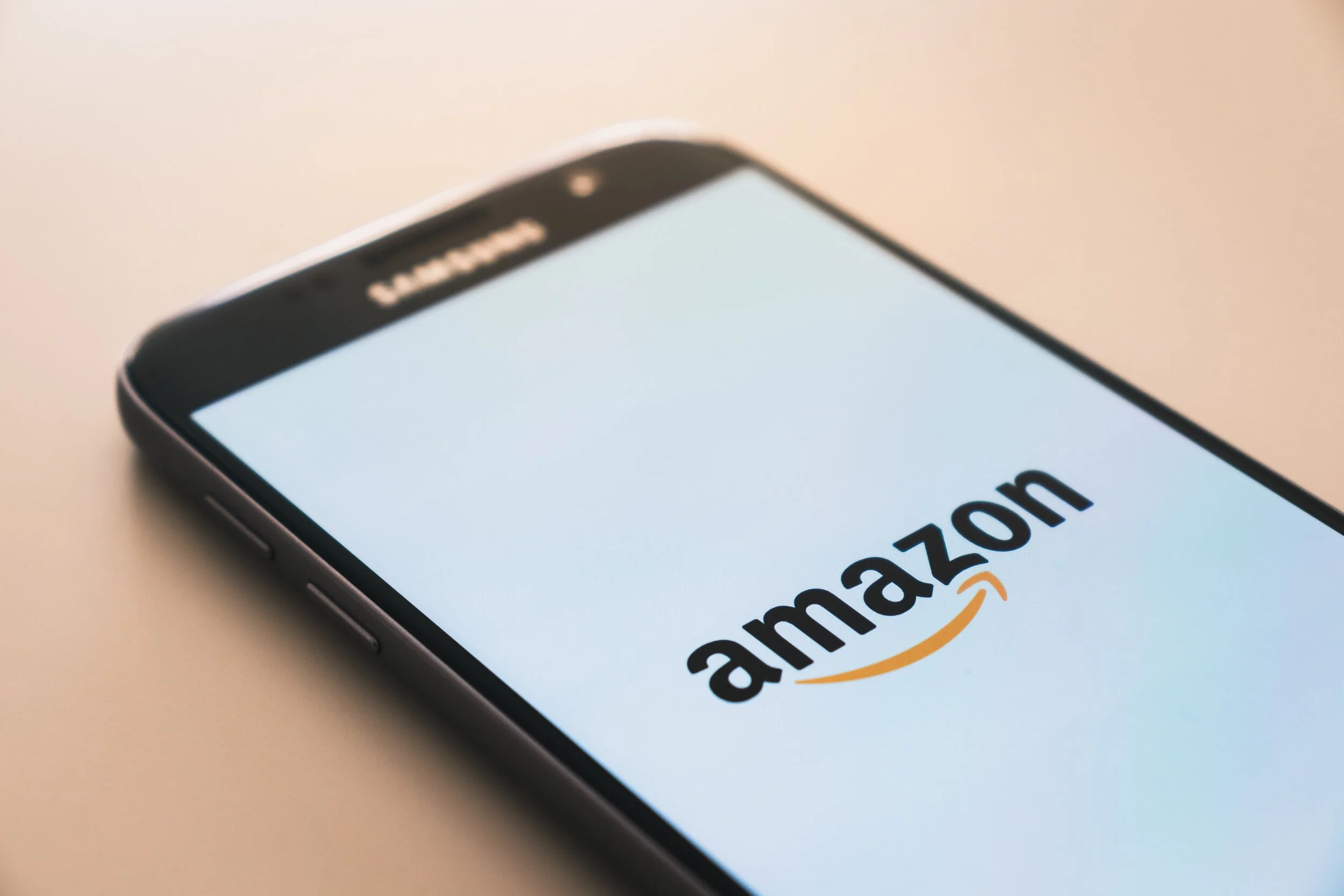
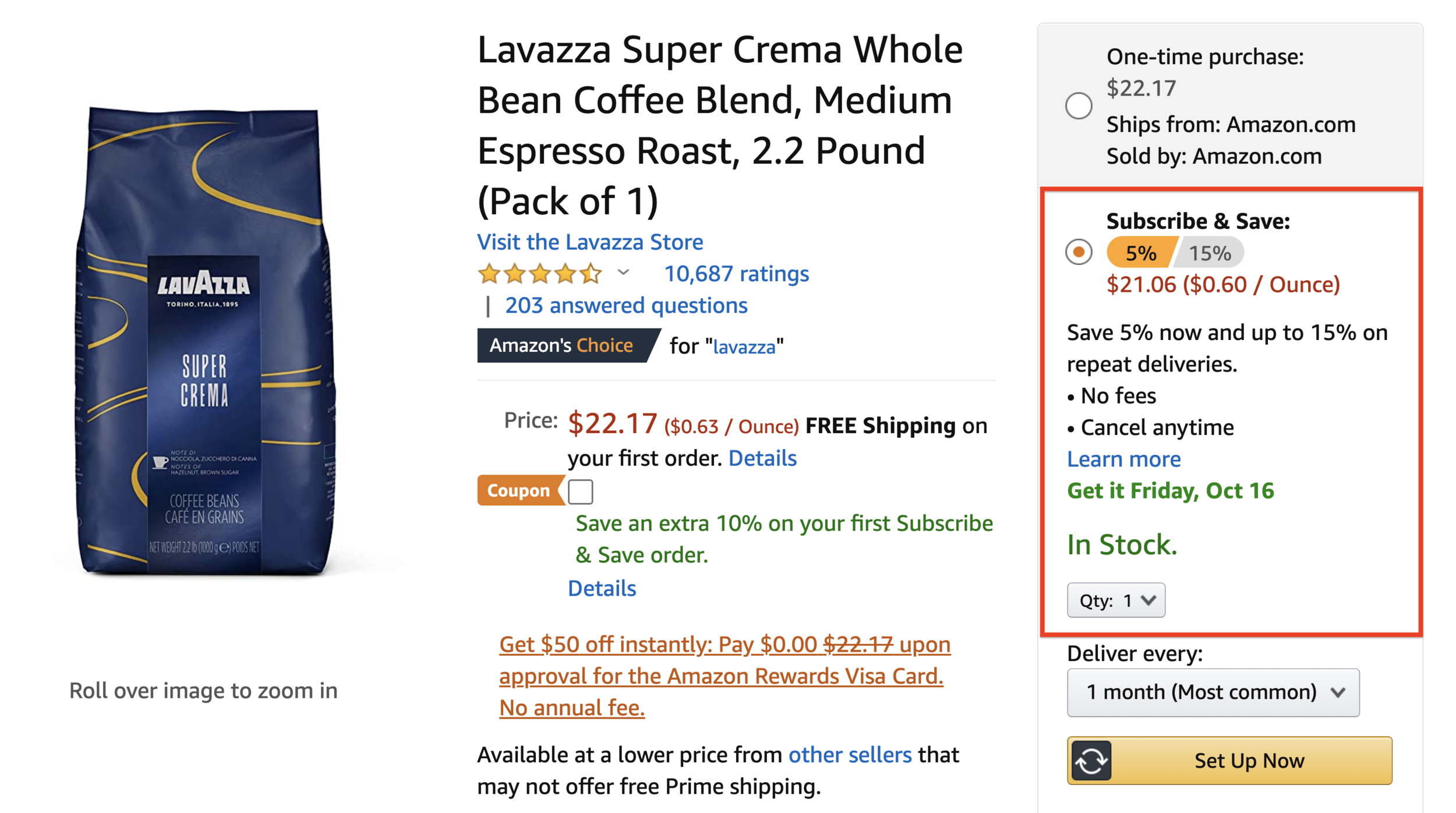

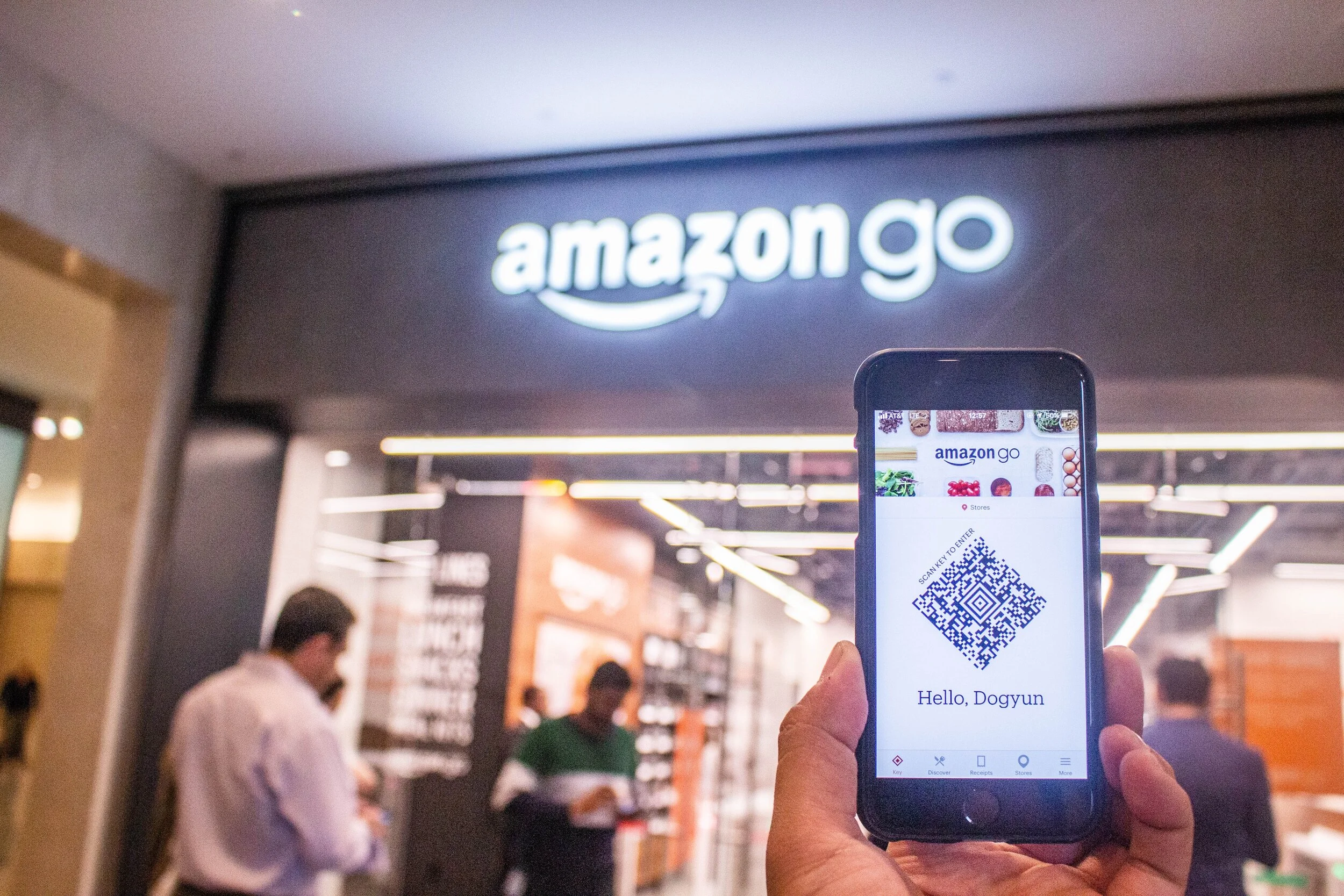




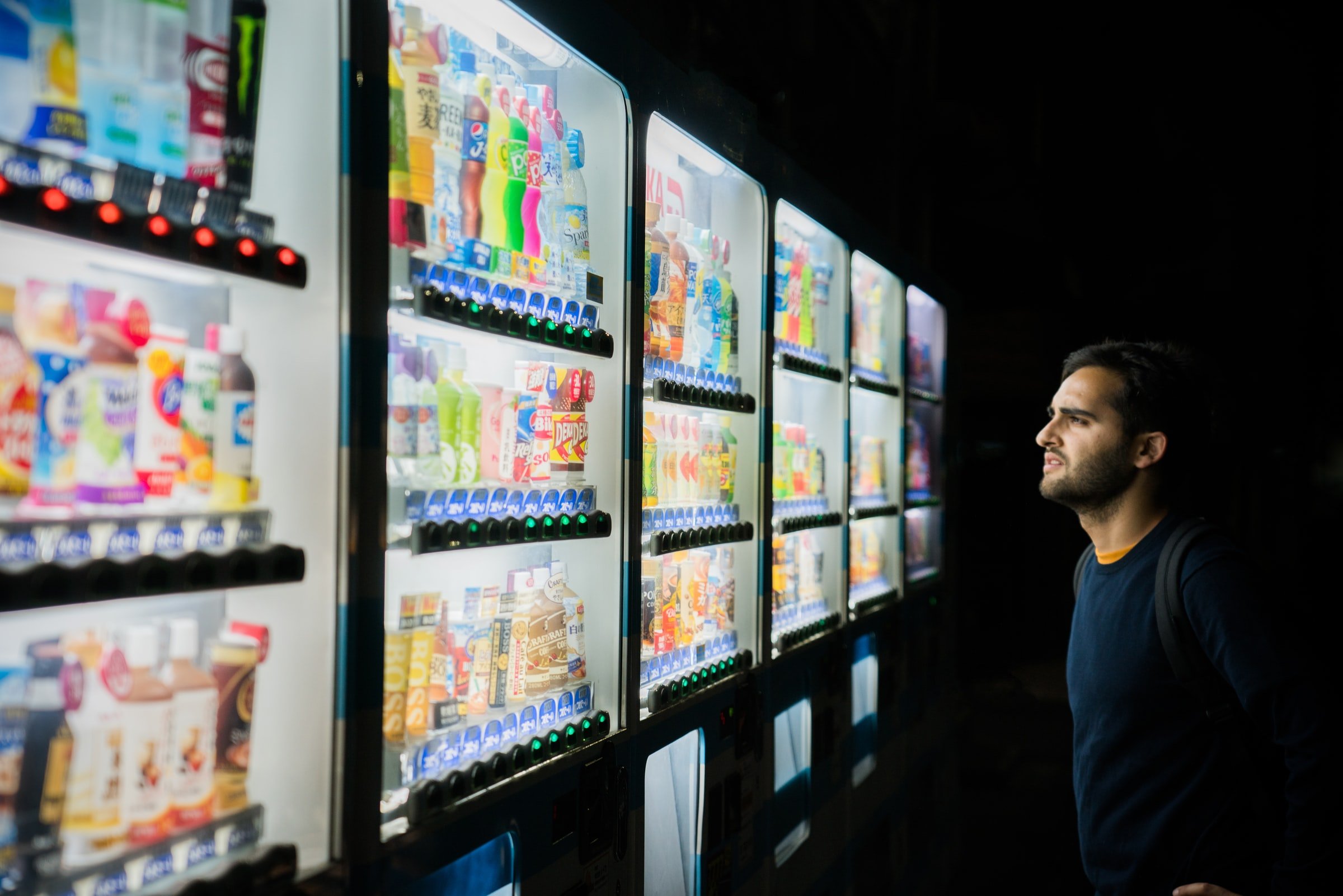




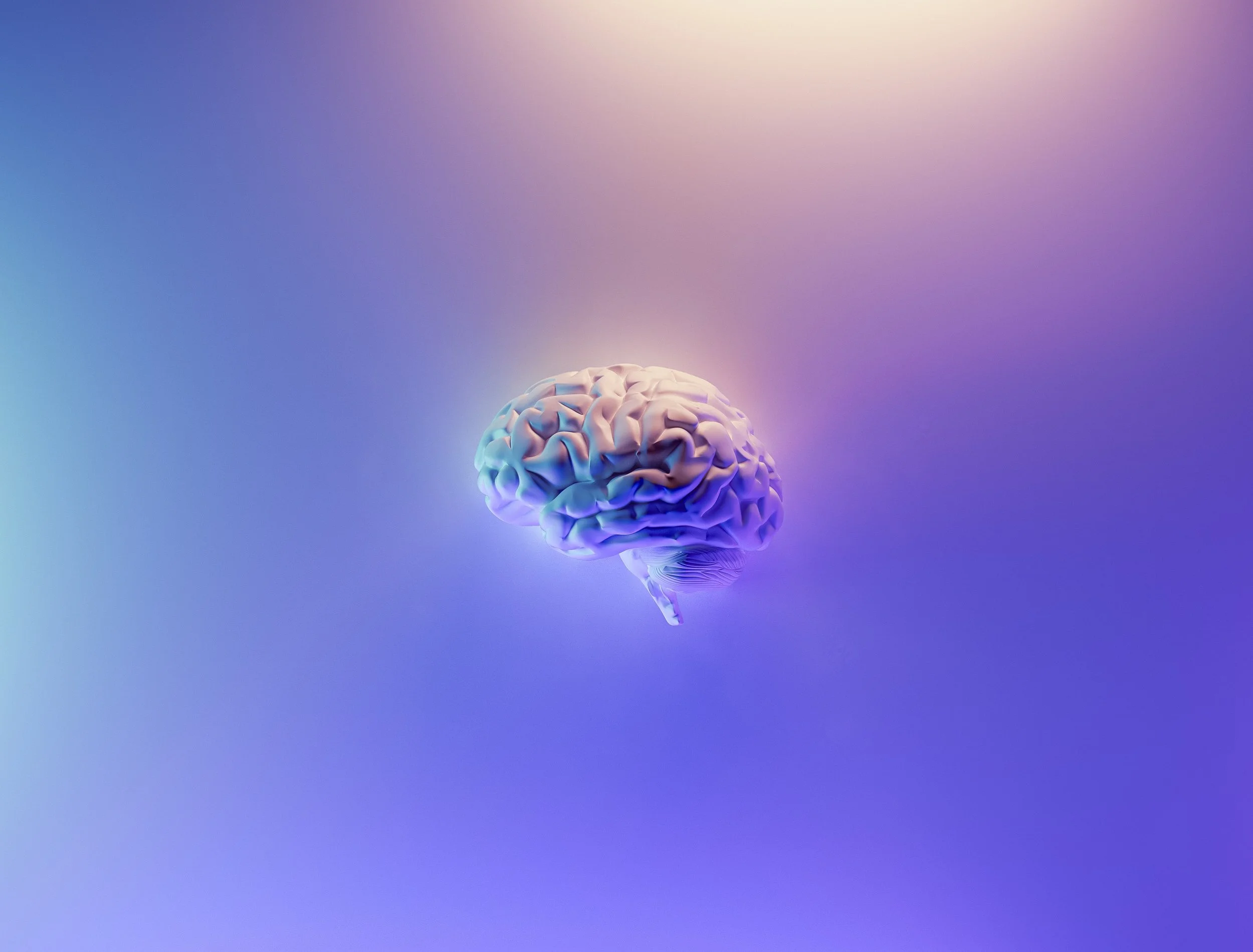






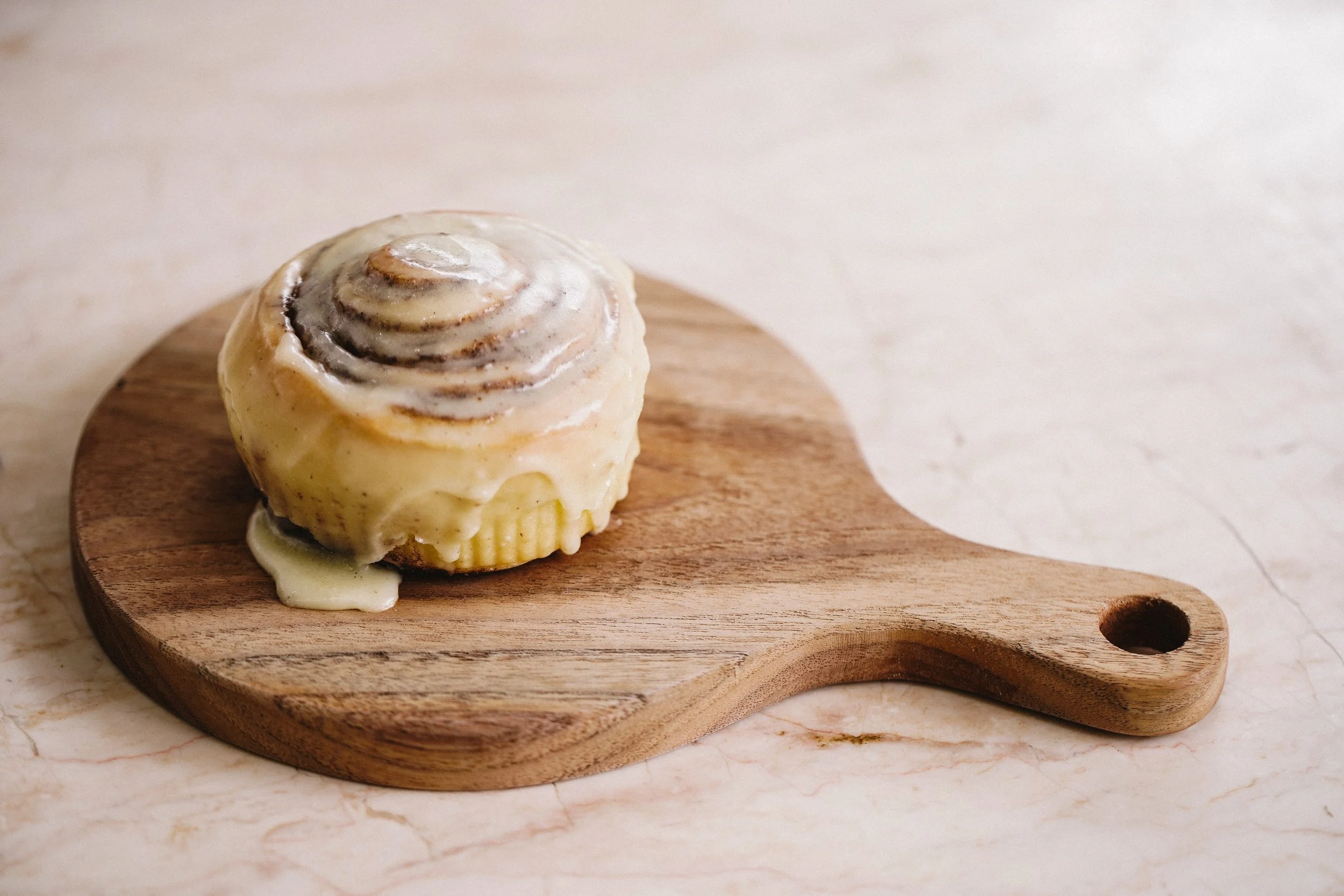








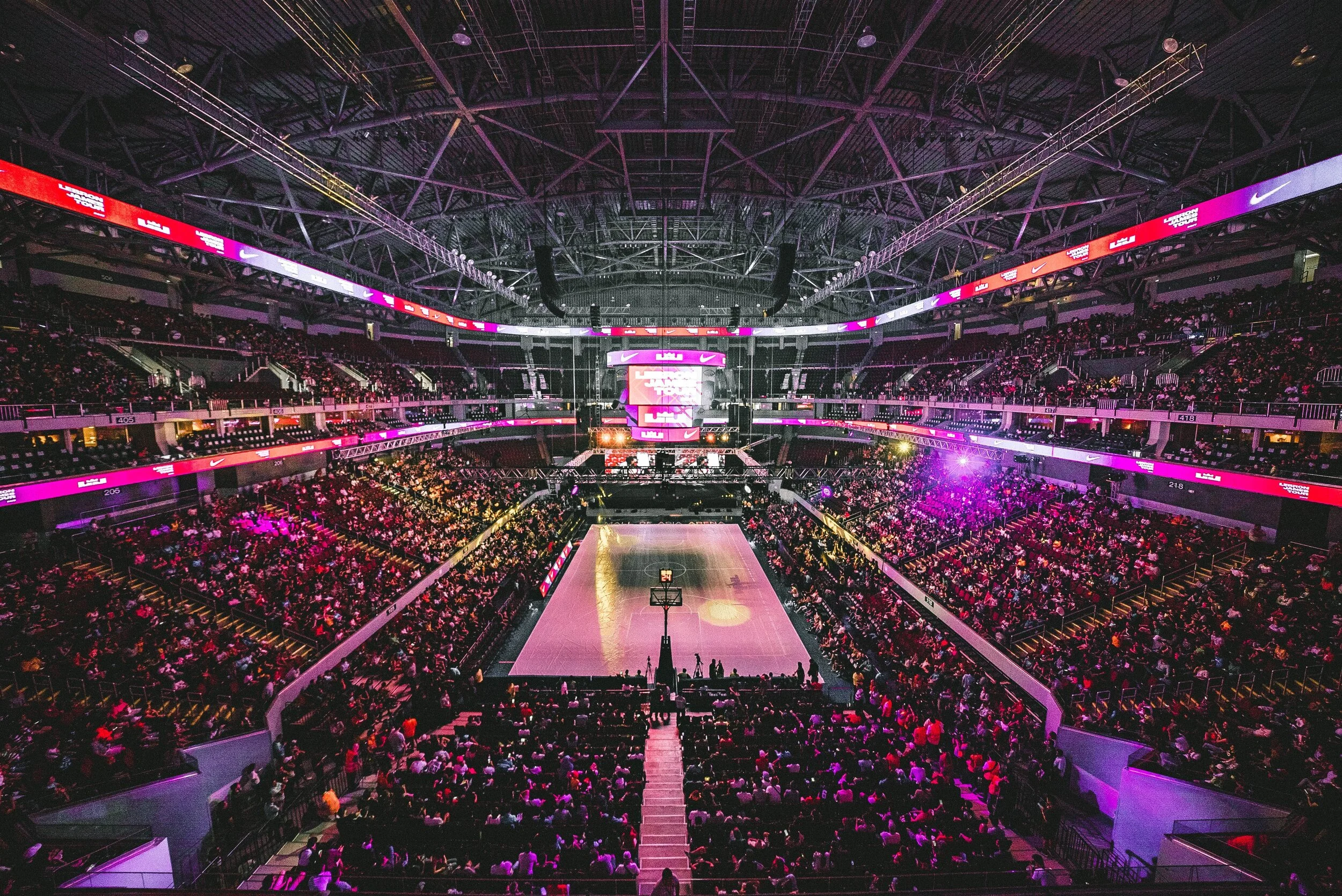



Dive into the fascinating intersection of psychology and marketing and how to use psychological biases in marketing strategy.